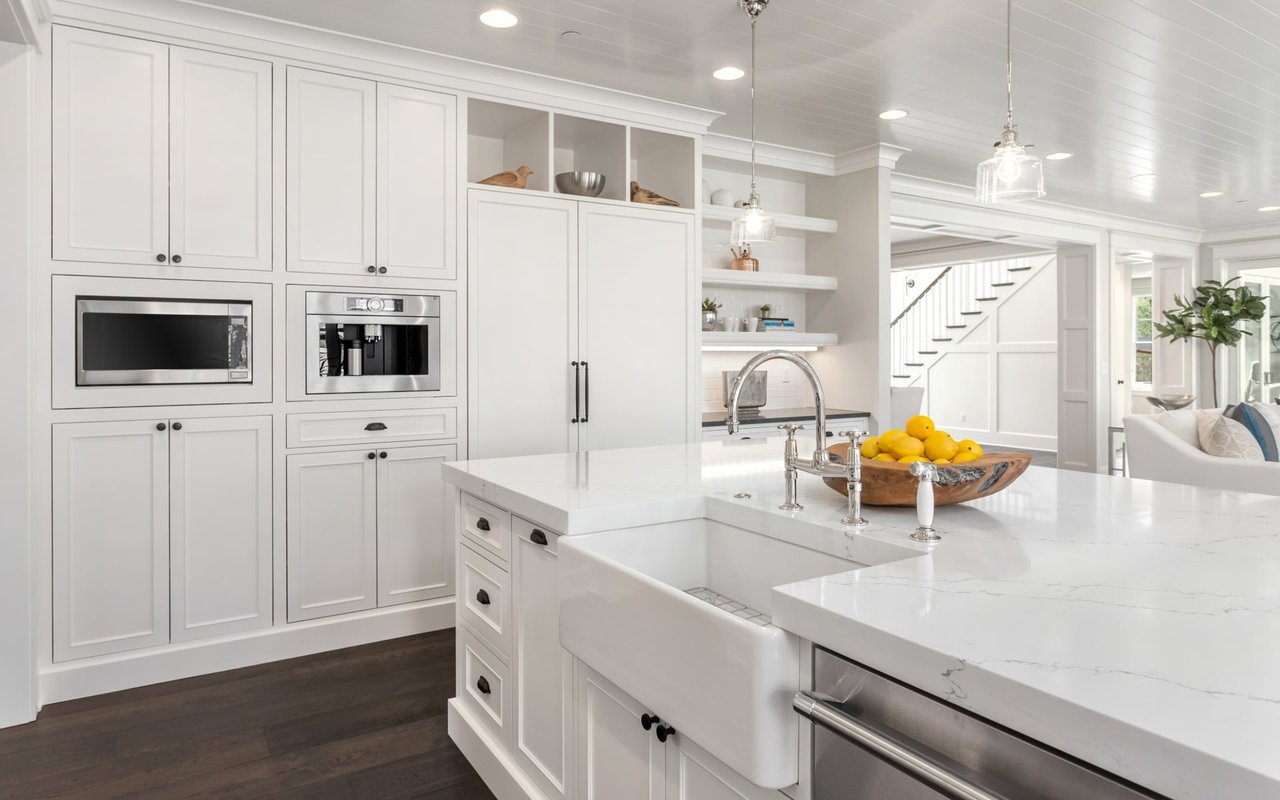
Onsite Showings
After you successfully advertise your rental property, interested individuals will start contacting you to see the unit. Learning how to successfully show a rental property can make the difference between retaining the perfect tenant or just settling on who’s still standing.
Conversely, it’s important to remember that at this stage, the potential tenant is also assessing you and your property. Consider it an interview for your rental property and, as the name suggests, it is a two-way event! We’ll go over the steps a successful property manager needs to do to prepare for the visit.
While you’re booking the appointment, you should start your tenant screening process. A few questions strategically placed can screen non-qualifying tenants from the outset. Why waste time showing the unit to someone who doesn’t qualify! Remember that your prospect is also evaluating you from the outset; make sure your talk track is on point. Respond quickly to questions regarding directions and parking when texting or emailing the appointment details.
Try to be flexible and attempt to accommodate the renter on time however also try to get the appointments booked during daylight hours; why because anything during daylight is going to look much better than in the cold of night; not to mention you as the sketchy person hanging around in the dark waiting on someone is not a good start in anything.
Before the Event
While you have made sure that the apartment is in a rentable condition, make sure that the prospect cannot find any dust during the showing. Also, ensure curb appeal is top notch. Nothing points to a bad property manager than an unkept property.
Always arrive early and prepare for the visit; while you’re inspecting the unit, it’s also a good time to prepare the unit for the showing. The following are a few action items that need to be done at this point:
-
Get the air moving in the property; there’s nothing worse than a stale air of what could have been the last tenant’s tomb. Fresh air is the lifeblood of the property and will shake away a bad vibe.
- Adjust the temperature so that the potential tenant feels comfortable staying longer in the property. The longer they stay, the more chance they will take the property.
- Turn on all the lights; this creates a sense of security and warmth, while also allowing them to actually see the property. Welcome additions are reflective surfaces that expand the light in each room and make the place feel bigger and lighter.
- Open all main doors and close all furniture doors: the unit needs to look organized.
- Flush toilets and run taps; if the water sits a long time, algae may form and water will appear stale.
- Make a great impression by being awake; make sure you had some coffee before you left, maintain eye contact and smile when possible and ensure your breath is fresh prior. To set yourself at ease, remember if it doesn’t pan out, so what, there will be another time.
-
The tenant is screening you as well during the visit. When the tenant arrives, you need to make a great first impression; check that you are dressed to impress.
You can make yourself look more professional by bringing a clipboard or document holder with you; while it sounds stupid, it will be a good prop to put the viewer at ease and let them know that you are the person they are meeting if you are meeting somewhere relatively busy. Nothing spells organization more than someone who arrives with all the documentation. Bring with you the following:
-
Standardized lease for the tenant to take home.
- A checklist of positive points about the rental; this is your crib sheet before the viewing as well to ensure your ‘talk track doesn’t miss something critical.
- Also, have a list of points that you need to cover as an additional crib sheet.
- Throughout the interview, avoid using negative sentences or words. For example, “you can’t make noise past 10 PM” could be said as “A tenant that considers the neighbors by maintaining a peaceful environment is useful in this environment” after 10 PM is considered the quiet hours. Here, you need to gauge the response and make a mental note for assessment later.
Ask Questions During the Visit
Questions do two things, provide you with information and make you seem as though you are interested in the person and property. While the latter needs to be managed to ensure you don’t overstep the mark, the former is a necessity. An uncaring attitude makes the tenant uneasy as they think that while they could get up to anything in the property, any maintenance or further interactions are going to be grating; positivity and eagerness are key. Additionally, the in-person interaction helps you gauge the reaction and ask follow-ups when appropriate.
Make a list of each room’s best features and, during the visit, casually bring them into the conversation with the tenant. This needs to seem natural and unrehearsed. Over time, this will get easier and you may have a few different ‘pitches’ to use.
Don’t overdo the sales game; potential tenants can figure out their needs far better than you and you will sound like you’re one step away from selling snake oil. Mention the feature and let them picture how it will fit in their daily lives; keep suggestions to a minimum.
Once you’ve shown one room or part of the property, step back and let the tenant explore. In every room, the tenant is trying to picture life in the place and nothing breaks the imaginative process more than a stranger continuously jabbering away. Answer any questions your visitor may have as they come, but rest back when space is required.
As the visit wraps up, let your guest know what the next steps are in the rental process, should they wish to follow up on it. As with any meeting, you need to remember to give timelines and call back dates accordingly to enable follow up action. If you are asked to send something to the person, such as the papers that you were talking to them about, then act promptly.
Use the opportunity to validate the information from the tenant screening process. Depending on how you set up your tenant screening process, now could be a good time to validate their photo ID and collect any relevant documentation the tenant needed to have prepared. This could have been part of your test. Are they organised enough to give you what you ask, may indicate if they can handle life and pay rent.
Thank the Potential Tenant
Once there are no more questions and now is the time to wrap it up and do a good job of it. Ensure that you lead the prospective tenant out of the property or grounds and conduct small talk as you do, so that is nothing to do with the property. Thank the potential tenant for having come out and having visited the property and tell the tenant that you’ll be in contact soon. If the tenant was on the fence about the property, making yourself approachable and personable could make the difference between getting their business or having to start the process all over again.



